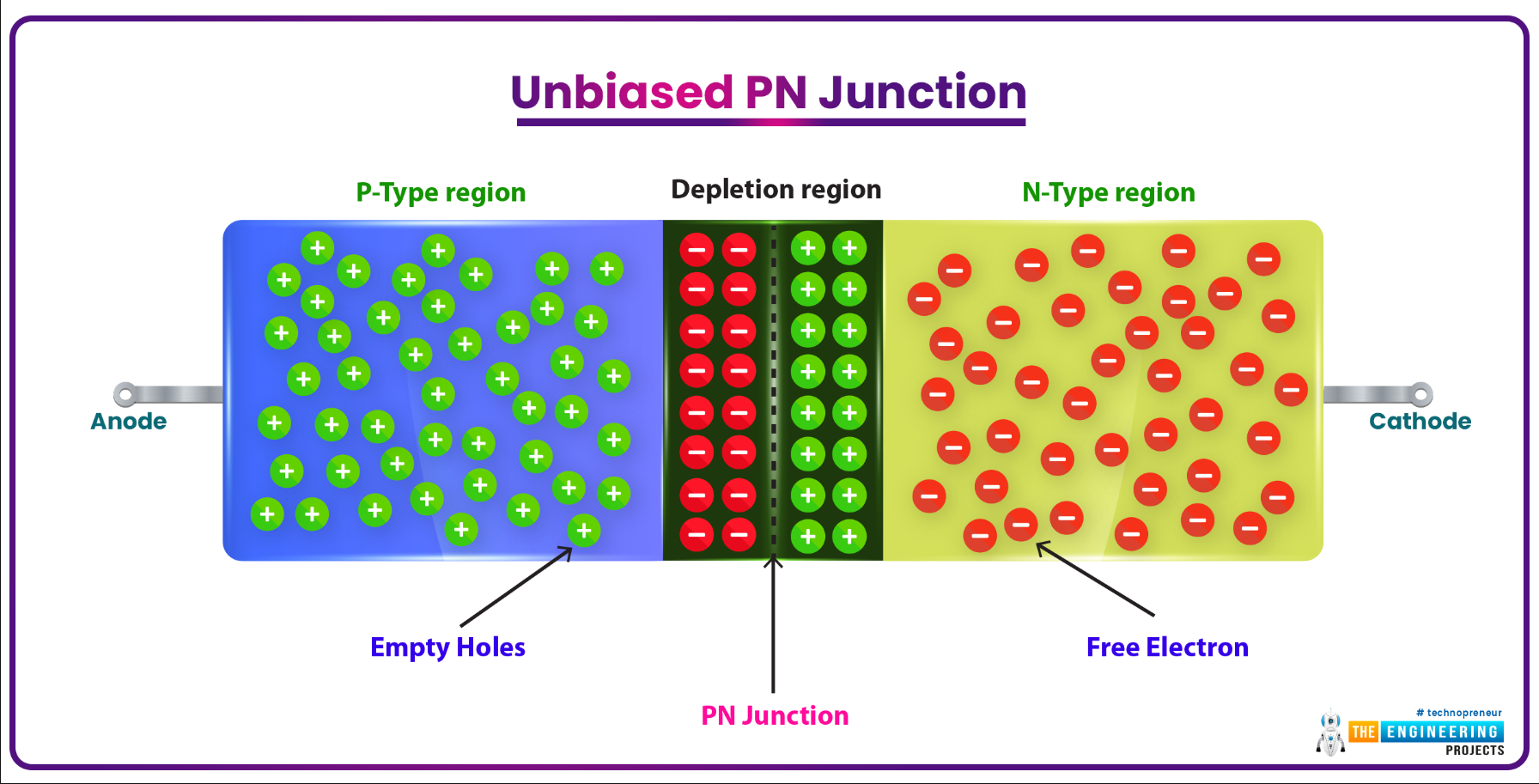
Source: YouTube
P-N Junction Diode: Understanding Carrier Movement
A P-N junction diode plays a crucial role in the functioning of electronic devices by facilitating carrier transport, generation, and recombination. This junction allows majority carriers to diffuse across the depletion region, overcoming the electric field resistance. Meanwhile, minority carriers reaching the junction are swept across the region by drift. At equilibrium, the net current (diffusion and drift current) becomes zero for both electrons and holes due to the balance between diffusion and drift currents.
Applications in Electronic Devices
P-N junction diodes serve as the foundation for various electronic devices, including solar cells, LEDs, lasers, photodiodes, and bipolar junction transistors (BJTs). These diodes combine the effects of recombination, generation, diffusion, and drift into a single device, making them versatile and essential components in modern electronics.
Carrier Movement in Equilibrium
When a P-N junction operates without external inputs, it reaches equilibrium through the interplay of carrier generation, recombination, diffusion, and drift under the influence of the electric field in the depletion region. Despite the electric field’s resistance to carrier diffusion, some carriers manage to cross the junction through diffusion. Majority carriers that cross the junction transform into minority carriers and continue to diffuse away before potential recombination, resulting in a diffusion current.
On the other hand, minority carriers reaching the diffusion region’s edge experience drift across it due to the electric field. This drift current, limited by the thermally generated minority carriers within a diffusion length of the junction, contributes to the overall equilibrium state of the P-N junction diode.
Understanding carrier movement in a P-N junction diode is fundamental to grasping its operation in electronic devices and highlights the intricate balance between carrier diffusion and drift in achieving equilibrium.

Source: The Engineering Projects
